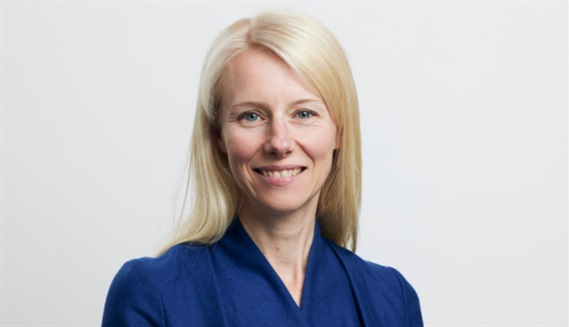Our funding position
The increase in interest rates over the year has been unprecedented and we’ve also seen record levels of inflation. We recognise that the increase in the cost of living is worrying for our members.
Our approach to managing the risk of changing interest and inflation rates has always been to hold assets that behave in the same way as our liabilities when these rates change. This approach is commonly referred to as an LDI strategy or hedging strategy. This has meant that our assets under management have seen a sharp fall over the year, reducing from £39 billion to £33 billion as at 31 March 2023.
While around half of the assets we hold are used to fund our LDI strategy, the remaining assets are invested in a low-risk growth strategy with the aim of generating returns to grow our reserves. As well as being a volatile time for our hedging assets, it has been a challenging market for many of the other asset classes we hold too.
Despite this, growth assets have contributed a return of 1.9 per cent on our total assets under management over the year. This has increased our reserves by around £600 million and is above the return on the portfolio of assets we use to benchmark our performance relative to other similar funds.
We had relatively low claims on the PPF over the year. As well as the number of claims being low, the size of these claims has also been very small. The total value of PPF claims on the Fund was £14 million, similar to last year’s claims of £12 million.
Funding in the universe of schemes we protect
The changing economic outlook and higher interest rate environment has had a dramatic impact on the funding position of the schemes we protect.
Our PPF 7800 Index tracks the assets and liabilities of these schemes, with the liability assessment aiming to estimate the cost of securing PPF levels of compensation with an insurer.
Rising interest rates have resulted in a lower assessment of the total liabilities in our universe. While many of these schemes will also have hedging strategies to manage the risk from changing interest and inflation rates, they will not be exactly matched in the way that we are.
This means that in aggregate, our expectation is that the funding position in the universe will have materially improved. We estimate that the number of schemes now in deficit on this basis has reduced from around 34 per cent at 31 March 2022 to 15 per cent at 31 March 2023, with the combined deficit of those schemes in deficit falling from £60 billion to £6 billion.
For the first time in our history, our reported reserves now exceed the combined deficit of the schemes we protect. This represents a material change in the risk profile of the universe we protect.
Our funding strategy
In September 2022 we published our funding strategy review, which outlined that we are entering a maturing phase in our funding journey.
This new phase is characterised by lower claims on the Fund as a result of a reduced risk of underfunding in the universe we protect. We are entering the maturing phase from a position of significant financial strength.
Maintaining financial resilience
Our current level of reserves provides a high level of protection against the risk that we need to pay more in compensation than expected. We have therefore redefined our funding objective to ‘maintaining our financial resilience’. We define financial resilience as having reserves that are sufficient to provide a high level of protection against members living longer than expected and higher-than-expected claims.
Lowering levy
Based on our funding position at 31 March 2022, we concluded that our reserves were very close to the level needed to meet this test and as a result we began the process of transitioning to a lower levy. We reduced the amount we aim to collect from £395 million in the 2022/23 levy year to £200 million in the 2023/24 levy year.
By reducing the levy by almost half, almost all schemes will pay less levy. Industry experts told us our proposals are sensible and welcome at a time when there are many financial pressures on employers.
Financial resilience test
Our intention is to continue to grow our reserves above those needed to meet the financial resilience test in order to provide a higher level of protection to our members. This approach will also reduce the risk of funding being eroded in the future and the subsequent need to raise more funds through levy.
We expect any reserves in excess of those needed to meet the financial resilience test will predominantly be generated through a low-risk investment strategy. This year, our reserves have seen a small increase and the risks we face have reduced. This will act to increase the likelihood of us meeting our funding objective.
Final phase of our funding journey
The final phase of our funding journey will be our run-off phase, when our balance sheet will be reducing as we settle members’ benefits. Our modelling shows that our run-off phase is unlikely to happen before 2035.
We expect that during this phase, risks from claims will not be material, therefore our financial resilience will depend on us having sufficient reserves to provide a higher level of protection against members living longer than expected.
Based on our current approach to levy and investments, our modelling shows the likelihood of the PPF not having sufficient reserves to provide this level of protection in 2035 is less than five per cent. The Longevity Reserves and Claims Reserves are designed to cover all but the worst longevity and claim scenarios.
These reserves will be funded through both investment return and levy. Any additional reserves built up will be funded primarily through investment return.







